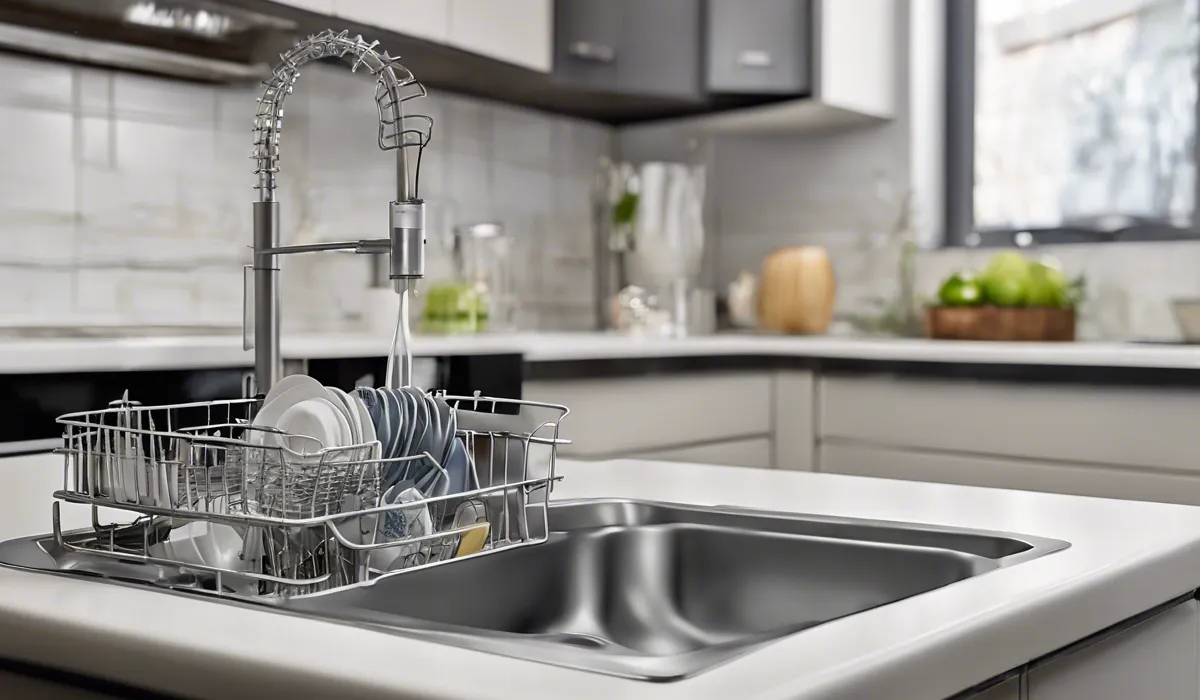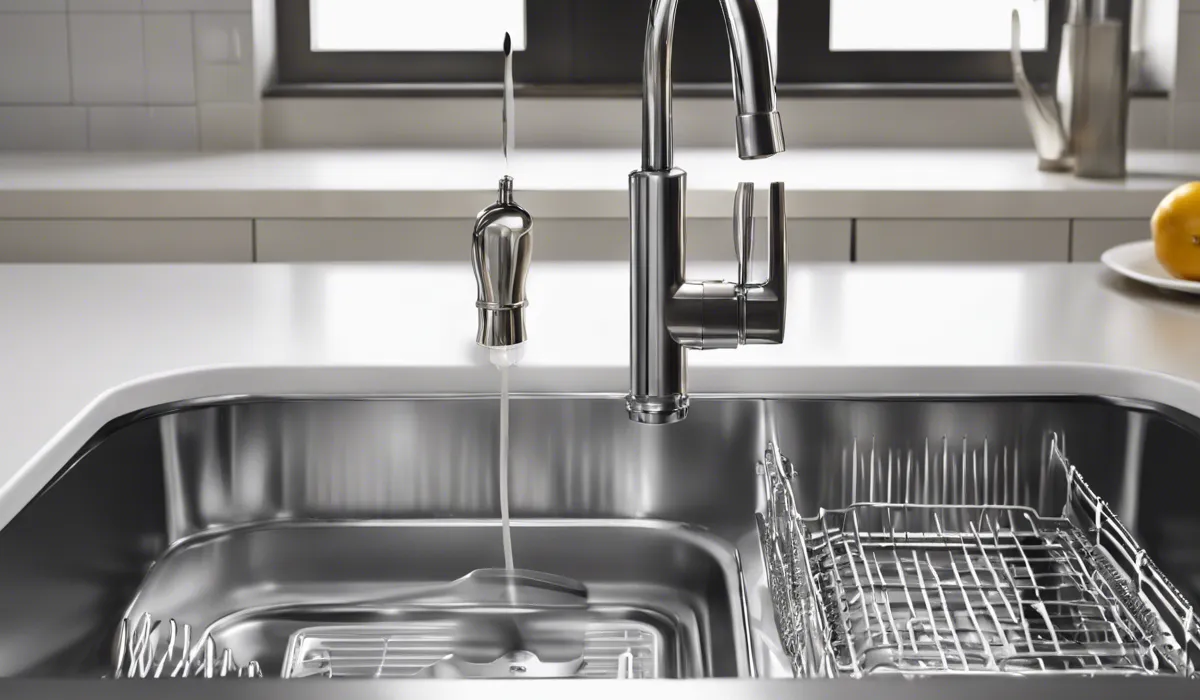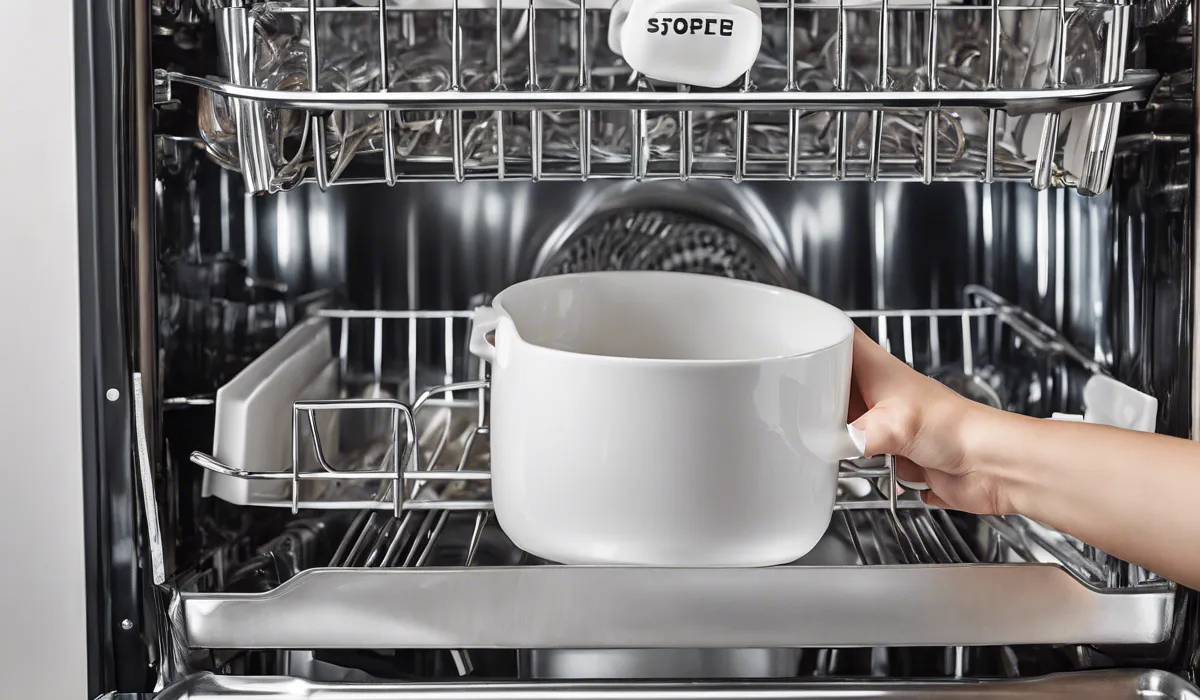Where is the Drain Hose on a Dishwasher? Quick Guide
The drain hose on a dishwasher is typically located at the bottom rear of the appliance. It connects to the pump and extends to the sink drain or garbage disposal. Access may require removing the kickplate or lower front panel. Ensure the dishwasher is unplugged before checking.
Locating the Drain Hose on Different Dishwasher Models

Brands and Hose Locations
Every dishwasher brand designs their models uniquely, making the location of the drain hose slightly different.
For instance, Bosch dishwashers typically have their drain hose connected at the bottom rear, often accessible from the front by removing the base plate.
Whirlpool and GE models may also have the drain hose in a similar location but sometimes require removing the back panel to access.
Samsung dishwashers, on the other hand, may have a more enclosed setup, with the hose attached more securely to the frame. Knowing your dishwasher brand is the first step towards locating the drain hose.
Common Drain Hose Locations
While the specific location can vary, there are a few common places where you can look for the drain hose.
It is most often found beneath the dishwasher, routed towards the sink where it connects to the drain or garbage disposal.
In some kitchen setups, the drain hose might run through the cabinets to maintain a hidden and more aesthetically pleasing appearance. It’s essential to follow the hose from the dishwasher to where it drains to understand its full length and routing.
Identifying the Drain Hose
The drain hose is typically a flexible plastic tube, which can be ribbed or smooth, and is larger in diameter compared to water supply lines.
It’s often grey or white and should lead directly from the dishwasher to the plumbing system.
To ensure you’re looking at the right hose, trace it from the dishwasher pump outlet to where it connects under the sink. Be sure not to confuse it with the water supply or electrical conduit.
Accessing and Inspecting the Drain Hose

Safely Accessing the Hose
Before attempting to access the drain hose, safety is paramount. Ensure the dishwasher is unplugged or the circuit breaker is turned off to avoid any electrical hazards.
Start by removing the kickplate, which is the panel located at the bottom front of the dishwasher.
This typically requires a screwdriver to unscrew the fasteners holding it in place. With the kickplate removed, you should have a clear view of the drain hose.
Visual Inspection for Issues
Once you have access, perform a visual inspection of the drain hose. Look for signs of clogging, such as food particles or grease buildup, which can often be seen if the hose is translucent.
Check for wear or damage, such as cracks, holes, or areas where the hose may be crushed or kinked, as these can impede water flow and cause leaks.
Checking for Obstructions
After visually inspecting the hose, gently feel along its length for any obstructions that may not be visible.
The hose should be routed without sharp bends or kinks that could prevent water from draining properly. Ensure that the hose is properly elevated at some point along its path to prevent backflow of dirty water into the dishwasher.
Maintenance and Troubleshooting for Dishwasher Drain Hoses

Routine Maintenance Tips
To prevent clogs and extend the life of your dishwasher’s drain hose, routine maintenance is essential. Regularly clean the filter inside the dishwasher to prevent debris from reaching the hose.
Periodically run the dishwasher with a cup of white vinegar on the top rack to help dissolve any grease buildup. If the hose is accessible, you can also detach it and flush it with water to clear out any obstructions.
Troubleshooting Common Drain Hose Issues
If your dishwasher is not draining or you experience water backup, the drain hose is likely the culprit.
First, check for kinks or bends in the hose and straighten them out. If the problem persists, disconnect the hose and check for clogs.
A plumber’s snake or a long brush can help remove blockages. If the dishwasher still doesn’t drain, the issue could be with the pump or other components, and it may be time to consult a professional.
Cleaning vs. Replacing the Drain Hose
When faced with drain hose issues, deciding whether to clean or replace the hose is crucial. If the hose is simply clogged with debris, a thorough cleaning may suffice.
However, if the hose has sustained damage or is showing signs of significant wear, replacement is the safer and more reliable option to prevent future leaks and clogs.
Always use a manufacturer-recommended hose to ensure compatibility and proper function.
FAQs About the Location of the Dishwasher Drain Hose
Where is the drain hose located on a dishwasher?
The drain hose on a dishwasher is typically located at the bottom rear of the appliance, where it connects to the pump.
How do I access the dishwasher drain hose?
Access to the dishwasher drain hose usually requires removing the kickplate or lower front panel of the dishwasher.
Do I need to take any precautions before checking the dishwasher drain hose?
Yes, ensure the dishwasher is unplugged and the power is off before attempting to check or work on the drain hose.
Where does the dishwasher drain hose extend to?
The dishwasher drain hose extends from the pump to the sink drain or garbage disposal.
Can I replace the dishwasher drain hose myself?
Yes, with the proper tools and safety precautions, a competent DIYer can replace the dishwasher drain hose.
Final Thoughts
The dishwasher’s drain hose is typically found at the bottom rear, connecting the pump to the sink drain or garbage disposal.
To access it, the kickplate or lower front panel may need to be removed. Safety is paramount; thus, always ensure the dishwasher is unplugged before attempting to check or service the drain hose.





